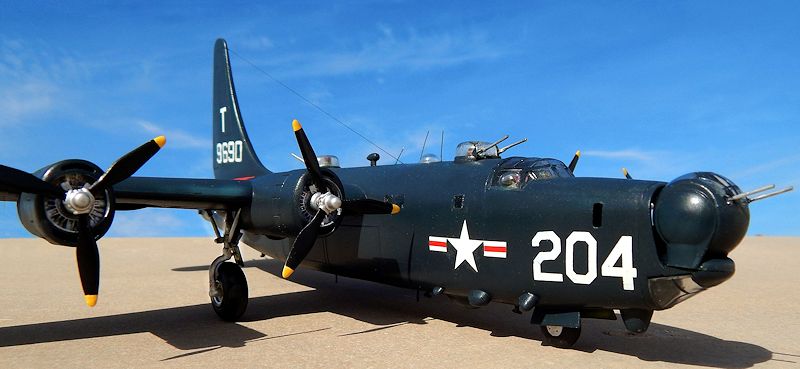
Matchbox 1/72 PB4Y-2 Privateer
| KIT #: | |
| PRICE: | |
| DECALS: | Three options |
| REVIEWER: | Carmel J. Attard |
| NOTES: |

| HISTORY |
The Privateer entered Navy service during late 1944, Patrol Bomber Squadrons 118
and 119 (VPB-118 and VPB-119) being the first Fleet squadrons to equip with the
aircraft. The first overseas deployment began on 6 January 1945, when VPB-118
left for operations in the Marianas. On 2 March 1945 VPB-119 began "offensive
search" missions out of Clark Field,
Luzon in the Philippines, flying sectored searches of the seas and coastlines
extending from the Gulf of Tonkin in the south, along the Chinese coast, and
beyond Okinawa in the north.
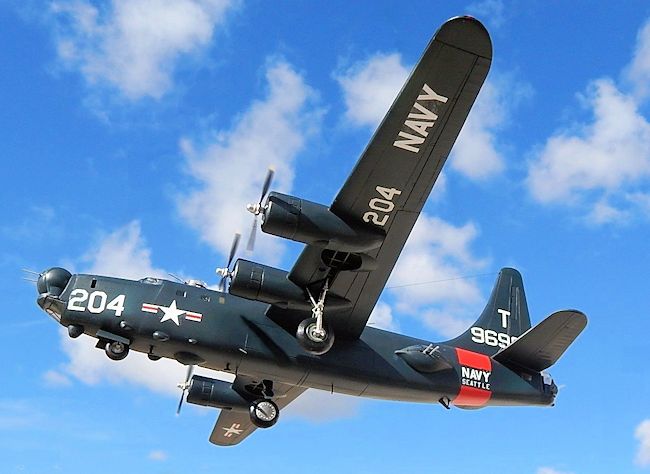 The Privateer was used as a typhoon/
hurricane hunter from 1945 to the mid-1950s. One aircraft, designated
BuNo 59415 of VPB-119, went down when it experienced mechanical trouble while
investigating a Category 1 typhoon near
Batan Island in the Philippines.
It attempted to land on the island, but was unable to do so and crashed. It was
one of only six hurricane hunter flights that were ever lost, and the only one
found.
The Privateer was used as a typhoon/
hurricane hunter from 1945 to the mid-1950s. One aircraft, designated
BuNo 59415 of VPB-119, went down when it experienced mechanical trouble while
investigating a Category 1 typhoon near
Batan Island in the Philippines.
It attempted to land on the island, but was unable to do so and crashed. It was
one of only six hurricane hunter flights that were ever lost, and the only one
found.
Privateers were also used during the Korean
War to fly "Firefly" night illumination missions dropping
parachute flares to detect North Korean and Chinese seaborne
infiltrators. In addition, Privateers were used by the US Navy for
signals intelligence (SIGINT) flights off of the coast of the Soviet
Union and the People's Republic of China. On 8 April 1950, Soviet La-11 fighters
shot down a US Navy PB4Y-2 Privateer (BuNo 59645) over the Baltic Sea, off the
coast of Liepāja, Latvia. Named the Turbulent
Turtle, the aircraft was assigned to
Patrol Squadron VP-26 Det A. The French also used Privateers as bombers
during the Indochina War.
All Navy PB4Y-2s were retired by 1954, though unarmed PB4Y-2G Privateers served
until 1958 with the Coast Guard
before being auctioned off for salvage.
The U.S. Navy dropped the patrol-bomber designation in 1951 and the remaining
PB4Y-2s were re-designated P4Y-2
Privateer. The earlier XP4Y-I
Corrigidor was a completely different design, based on the
Consolidated Model 31, twin-engine flying boat. PB4Y-2s were still being
used as drones in the 1950s/early
1960s, designated PB4Y-2K,
and P4Y-2K after
1951. They were then re-designated QP-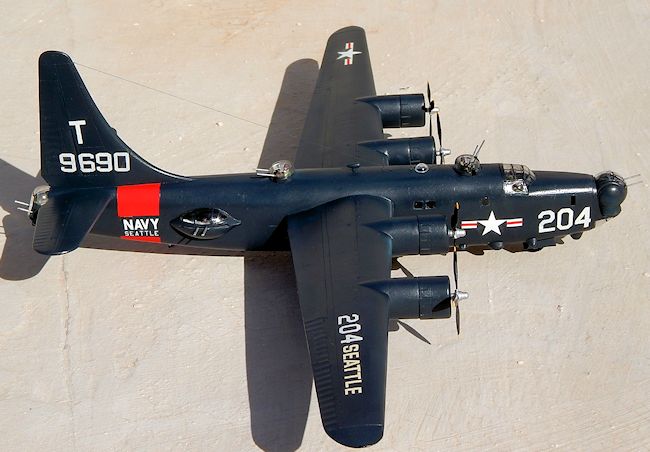 4B under
the 1962 United States Tri-Service aircraft
designation system, part of the new patrol series, between the
Lockheed P-3 Orion and the Martin P-5
Merlin.
4B under
the 1962 United States Tri-Service aircraft
designation system, part of the new patrol series, between the
Lockheed P-3 Orion and the Martin P-5
Merlin.
A number of PB4Ys were supplied to the Republic of China Air Force for use in
missions over the People's Republic of China. One was shot down by ground fire
on 12 September 1954, near Xiamen, People's Republic of China. The crew of nine
were killed. Another was shot down on 15 February 1961 by Burmese
Hawker Sea Fury fighter aircraft, near the Thai-Burmese border, killing
the crew of five. Two other crew members were taken prisoner. This aircraft was
carrying supplies for Chinese Kuomintang forces fighting in northern Burma.
A limited number of refitted PB4Ys continued in civilian service as air tankers, dropping fire retardant on forest fires throughout the western United States. On 18 July 2002, one such refitted PB4Y, BuNo 66260 (seen in picture to right) operated by Hawkins and Powers Aviation of Greybull Wyoming, broke up in flight while fighting a wildfire near Rocky Mountain National Park crew members were killed in the accident, and the Federal Aviation Administration temporarily grounded all large air tankers in the region. Following the accident, all remaining Privateers were retired.
| THE KIT |
The
Matchbox kit comes in light blue and dark
grey plastic having good fit of parts though lacking interior and outside
surface detail. The kit had first appeared on the market back in 1983 but had
since been re-issued by Revell.
A welcome feature is that one can build it as a PB4Y-2 Patrol Bomber or as a R3Y
which is a cargo/transport version. In the latter form it has a faired over nose
and tail with all the
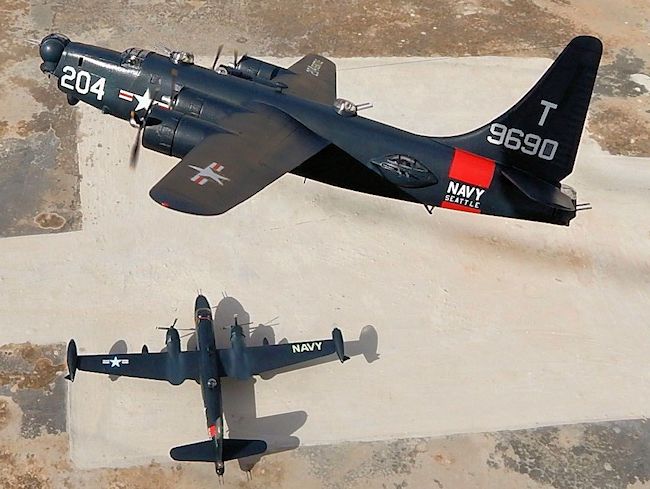 defensive armaments removed. A blanking piece is also
provided that will fit exactly in place of the side-blistered turrets.
defensive armaments removed. A blanking piece is also
provided that will fit exactly in place of the side-blistered turrets.
| CONSTRUCTION |
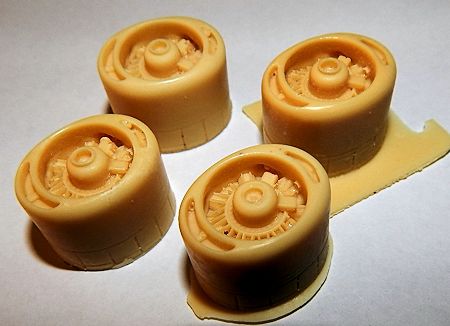 Frank Cuden of Minnesota who gently
provided me with a set for this build.
Frank Cuden of Minnesota who gently
provided me with a set for this build.
The kit nacelles themselves are narrow and these needed a strip of 1/16” thick
that is sandwiched between halves on assembling of each nacelle. This also meant
that the moulding plinths to the rear of the nacelles needed to be sanded and
the nacelles complete with the new resin cowlings were ready for fitting
ensuring that the small intakes at front is located at the top in each case.
Scale Aircraft Conversions produces a white metal landing gear set 72-026 custom
built for the Matchbox/Revell kit. The set is nicely produced and well packed
and from my past experience with the C-121, B-29, YC-97, B-50, F-15 Reporters
and so on and so forth these kind of sets definitely add strength to the kit to
withstand handling during airbrushing and adding details to the kit as well as
for transportation if kit is entered for a competition or display at meetings.
In this regard alone it is already a significant benefit while the detail finish
and making a good base for further adding detail if desired is also a positive
factor.
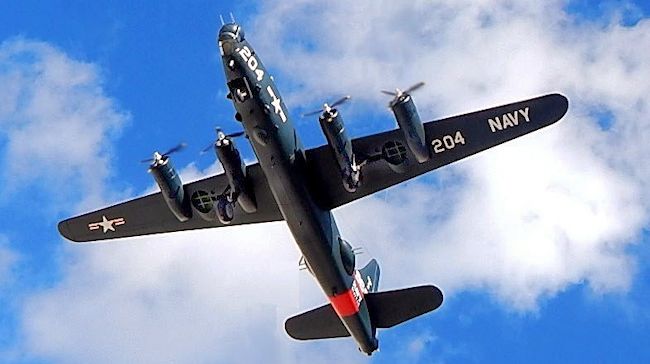 I followed the kit instruction stage by stage. The kit interior parts were first
painted interior green, namely fuselage, and turrets and wheel wells. Assembly
of each of the turrets followed this. Practically almost all of the guns
snapped. These were replaced with cut lengths of hypodermic needles of same
diameter as the guns, taking advantage of the hollow nature of the guns made in
this form. The guns fitted inside a predrilled hole at the root of each turret
part, which previously had the broken kit guns. Port holes all needed slight
reshaping and custom made Perspex replaced the kit transparent parts.
I followed the kit instruction stage by stage. The kit interior parts were first
painted interior green, namely fuselage, and turrets and wheel wells. Assembly
of each of the turrets followed this. Practically almost all of the guns
snapped. These were replaced with cut lengths of hypodermic needles of same
diameter as the guns, taking advantage of the hollow nature of the guns made in
this form. The guns fitted inside a predrilled hole at the root of each turret
part, which previously had the broken kit guns. Port holes all needed slight
reshaping and custom made Perspex replaced the kit transparent parts.
My fancy fell on a version attached to the Seattle Naval Reserve Facilities in
post war colorscheme. This had an additional astrodome right at the rear of the
forward top turret and the kit part was used after a round hole was drilled.
Other details as VHF aerial and wireless under fuselage were added during final
stage.
| COLORS & MARKINGS |
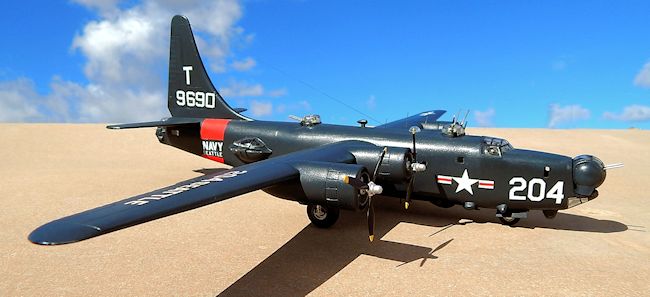
| CONCLUSIONS |
| REFERENCES |
Wikipedia encyclopaedia.
Carmel J. Attard
Novermber 2014 Copyright ModelingMadness.com. All rights reserved. No reproduction in part or in whole without express permission from the editor. Thanks to If you would like your product reviewed fairly and
fairly quickly, please contact
the editor
or see other details in the
Note to
Contributors.